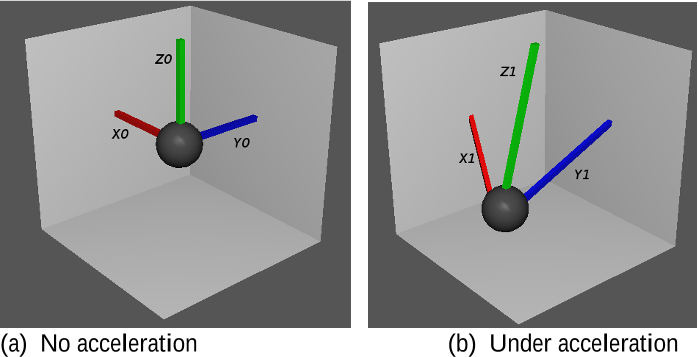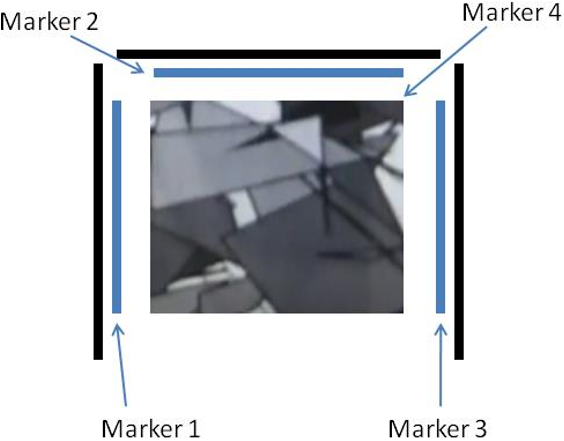A Study of Developments and Applications of Mixed Reality
Cubicles and Their Impact on Learning
J.
Uhomoibhi
Artificial Intelligence Research Group, Ulster University, Northern Ireland, UK
C.
Onime
International Centre for Theoretical Physics, Trieste, Italy
H.
Wa
ng
Artificial Intelligence Research Group, Ulster University, Northern Ireland, UK
Abstract
Purpose - This paper reports on developments and applications of mixed reality cubicles and their
impacts on learning in higher education. This paper investigates and presents the cost effective
application of augmented reality (AR) as a mixed reality technology via or to mobile devices such as
head-mounted devices, smart phones and tablets. Discuss the development of mixed reality applications
for mobile (smartphones and tablets) devices leading up to the implementation of a mixed reality cubicle
for immersive three dimensional (3D) visualizations.
Design/methodology/approach - The approach adopted was to limit the considerations to the application
of AR via mobile platforms including head-mounted devices with focus on smartphones and tablets,
which contain basic feedback –to-user channels such as speakers and display screens. An AR
visualization cubicle was jointly developed and applied by three collaborating institutions. The markers,
acting as placeholders acts as identifiable reference points for objects being inserted in the mixed reality
world. Hundreds of participants comprising academics and students from seven different countries took
part in the studies and gave feedback on impact on their learning experience.
Findings - Results from current study show less than 30% had used mixed reality environments. This is
lower than expected. About 70% of participants were first time users of mixed reality technologies. This
indicates a relatively low use of mixed reality technologies in education. This is consistent with research
findings reported that educational use and research on augmented reality is still not common despite their
categorization as emerging technologies with great promise for educational use.
Research limitations/implications - Current research has focused mainly on cubicles which provides
immersive experience if used with head-mounted devices (goggles and smartphones), that are limited by
their display/screen sizes. There are some issues with limited battery lifetime for energy to function,
hence the need to use rechargeable batteries. Also, the standard dimension of cubicles does not allow for
group visualizations. The current cubicle has limitations associated with complex gestures and
movements involving two hands, as one hand are currently needed for holding the mobile phone.
Practical implications - The use of mixed reality cubicles would allow and enhance information
visualization for big data in real time and without restrictions. There is potential to have this extended for
use in exploring and studying otherwise inaccessible locations such as sea beds and underground caves.
Social implications - Following on from this study further work could be done to developing and
application of mixed reality cubicles that would impact businesses, health, and entertainment.
Originality/value - The originality of this paper lies in the unique approach used in the study of
developments and applications of mixed reality cubicles and their impacts on learning. The diverse
composition in nature and location of participants drawn from many countries comprising of both tutors
and students adds value to the present study. The value of this research include amongst others, the useful
results obtained and scope for developments in the future.
Keywords Mixed Reality, Cubicles, CAVE, Mobile Computing, Learning impacts
Paper type Research paper











![Fig. 4 Technical flowchart for video see-through augmented reality on mobile devices [32]](/figures/fig-4-technical-flowchart-for-video-see-through-augmented-6wxlw3c2.png)





